News
EPJ Plus Focus Point Issue - Radiation protection issues in the environment and workplaces
- Details
- Published on 13 December 2024
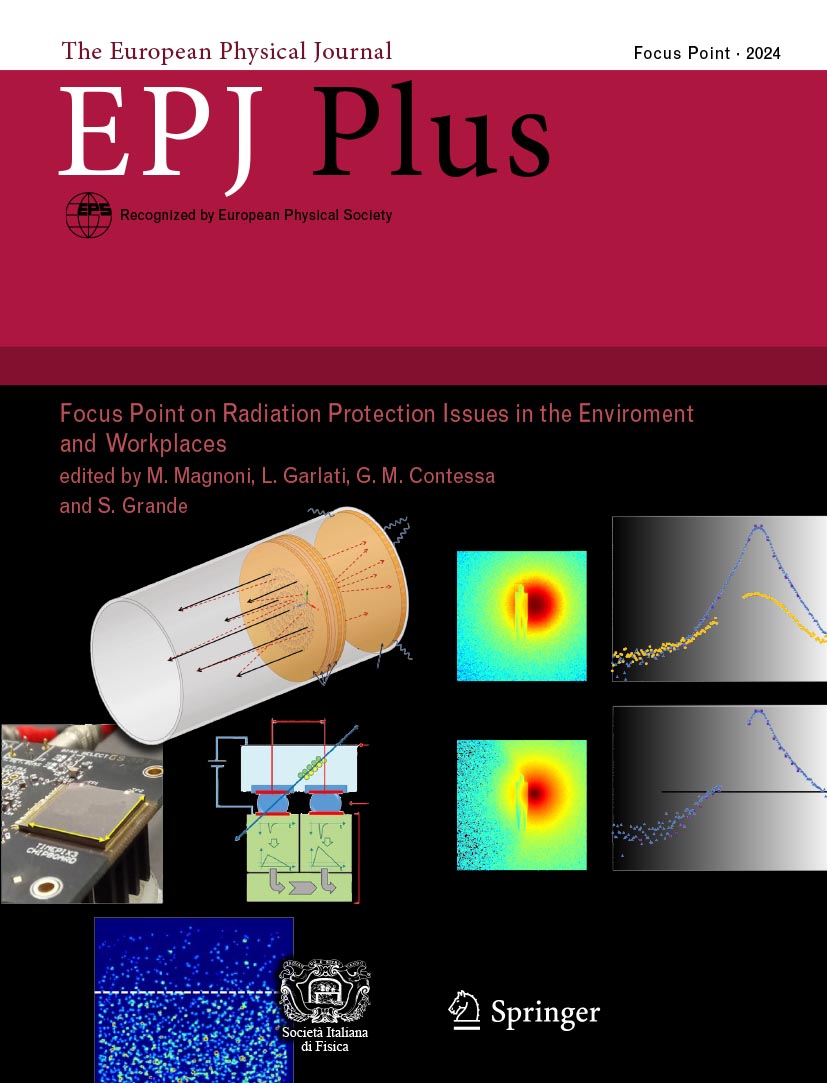
Guest Editors: M. Magnoni, L. Garlati, G.M. Contessa, S. Grande
We are proud to announce the release of the Focus Point "Radiation Protection Issues in the Environment and Workplaces". This collection brings together cutting-edge research presented at the 2022 and 2023 Italian Radiation Protection Association (AIRP) Conferences, along with recent studies from other AIRP scientific events.
With contributions from over 200 radiation protection professionals from universities, research institutions, and public agencies, the issue provides a comprehensive overview of the most important topics in radiation protection. The papers cover critical areas such as Medical and Health Physics, Nuclear Power Plant Decommissioning, Dosimetry, Environmental and Natural Radioactivity, and Non-Ionizing Radiation.
EPJ B Topical Issue - Quantum phase transitions and open quantum systems: A tribute to Prof. Amit Dutta
- Details
- Published on 13 December 2024
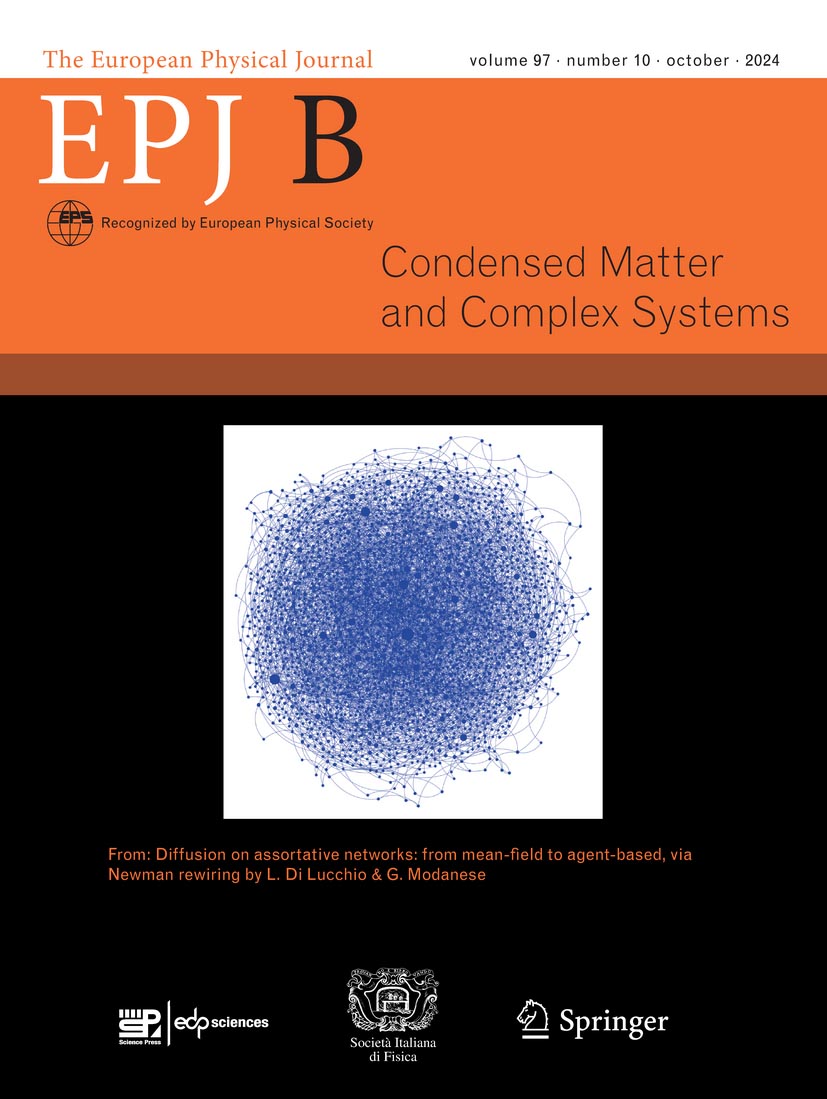
Guest Editors: Uma Divakaran, Ferenc Iglói, Victor Mukherjee & Krishnendu Sengupta
Prof. Amit Dutta, a theoretical physicist working at Indian Institute of Technology Kanpur, India, passed away in the beginning of the year 2023, leaving a void in the quantum condensed matter community, and also among his friends, family and colleagues. He was well known for his works on dynamics of quantum phase transitions and for his excellent teaching abilities; more recently, he had started working on open quantum systems as well.
This special issue is a dedication to Amit, bringing together articles on the areas he worked, starting from different types of non-equilibrium quantum dynamics to open quantum systems.
All articles are available here and are freely accessible until 13 February 2025. For further information read the Editorial.EPJ ST Highlight - Assessing the impact of climate on dengue outbreaks
- Details
- Published on 13 December 2024

Machine learning techniques reveal that researchers can improve their forecasts for the spread of dengue by incorporating climate data – but not in all cases
Dengue is a mosquito-borne disease which infects around 390 million people globally each year. Case numbers have grown steadily in recent years, with the most severe outbreaks occurring in tropical regions of South America. To better predict how the disease spreads, it will be vital for researchers to fully understand how dengue case numbers are linked to different aspects of tropical climates.
Through new analysis published in EPJ Special Topics (EPJ ST), a team led by Enrique Gabrick at the Potsdam Institute for Climate Impact, Germany, highlight how dengue forecasts can become more accurate by incorporating climate data – but also show that the success of this approach can vary between different regions. The team’s results could enable researchers to develop more accurate forecasts for the spread of dengue, which may ultimately help to save thousands of lives.
EPJ Plus Highlight - Painting materials in San Salvatore crypt, Italy, confirmed to be from the Lombard Period
- Details
- Published on 11 December 2024
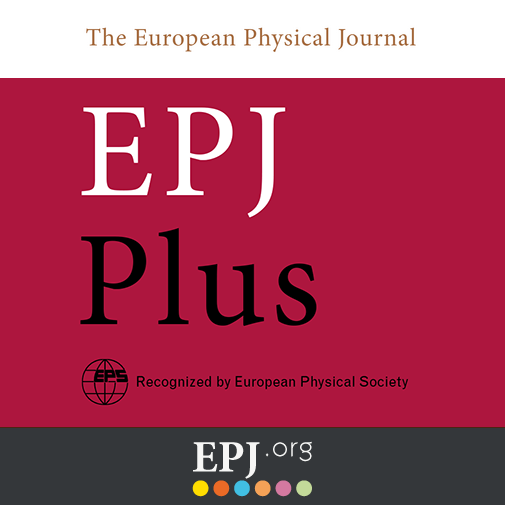
Complemeting PIXE spectroscopy with two further techniques, electron microscopy and Raman spectroscopy, plus infrared photography has allowed a full characterisation of the pigments making up these important medieval paintings.
The eighth-century church and crypt of San Salvatore in Brescia, Italy is one of the most important pieces of Early Medieval religious architecture in that country, if not in Europe as a whole. The crypt is known for its remarkable wall paintings. The pigments used in these were analysed about twenty years ago using a non-destructive technique, PIXE (Particle-Induced X-ray Emission Spectroscopy), but the results were largely inconclusive. An international group of scientists led by Alessandro Zucchiatti of the University of the Witwatersrand, Johannesburg, South Africa and the University of Genoa, Italy has now performed a much more detailed analysis of these pigments, leading to important insights into their nature. This work is now published in EPJ Plus.
EPJ E Highlight - Exploring the impacts of particle parameters on self-propelled motions
- Details
- Published on 11 December 2024
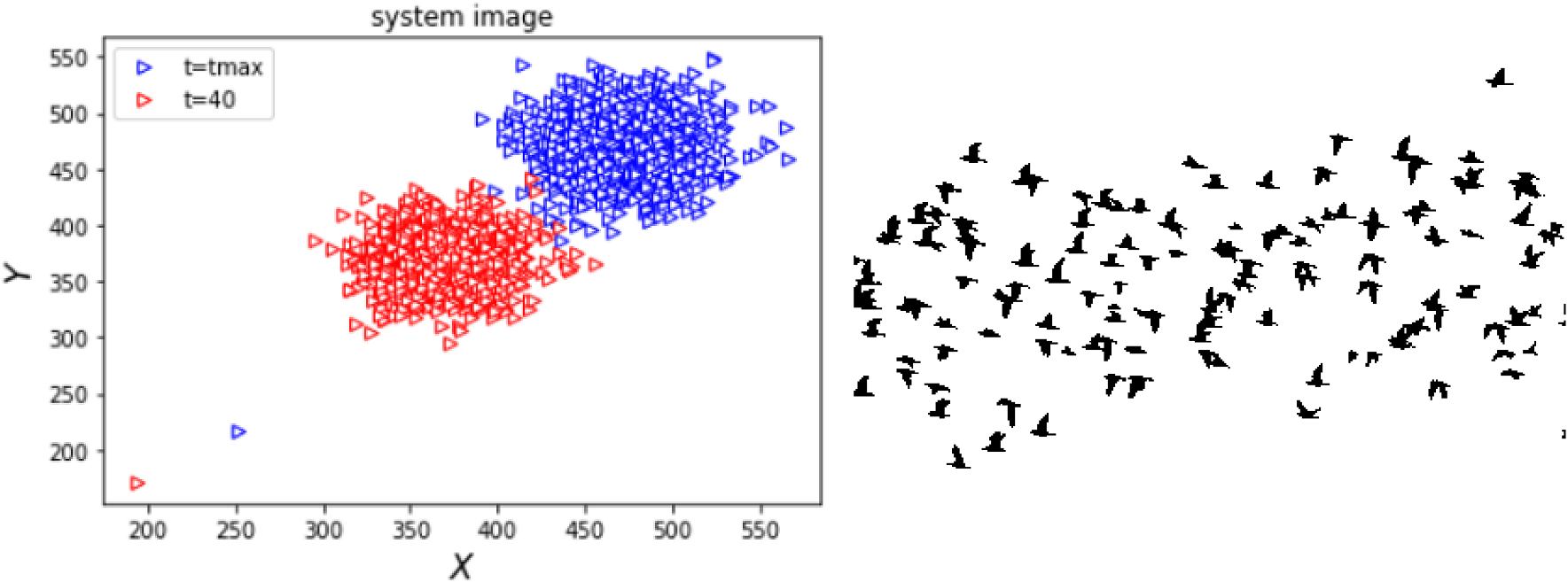
Phase transitions in the collective motions of self-propelled particles are directly impacted both by the initial velocity of each particle, and the repulsive radius surrounding them.
Collective motions of self-propelled particles can be found across many systems in nature. One of the most striking features of this phenomenon is the way in which systems transition between different states of motion: a behaviour which can be compared directly with phase transitions in physics. So far, however, it is still not fully understood how these transitions are impacted by the initial parameters of these deeply complex systems.
Through new analysis published in EPJ E, Salma Moushi and colleagues at the University of Hassan II, Morocco, show how the conditions required for transitions to occur are heavily dependent on the initial velocities of each particle, and the repulsion radius surrounding them.
EPJ ST Highlight - Taking a step back from the membrane debate
- Details
- Published on 10 December 2024
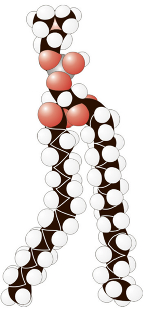
New progress in a long-standing debate about the nature of biological cell membranes could be made by considering which aspects of the membrane can be captured in simplified simulations
Even after 60 years of exhaustive experimentation and modelling, researchers still haven’t reached a consensus about the true nature of the deeply complex behaviours of biological cell membranes. Today, many disagreements remain over how the membrane’s molecular building blocks cooperate with each other to produce its overarching properties.
Through a new mini-review published in EPJ Special Topics (EPJ ST), John Ipsen at the University of Southern Denmark takes a step back from the debate: showing how complications to the discussion have emerged from the practices widely used to simulate the membrane. The insights presented in his paper could offer useful guidance for researchers, and may help to break a long-standing deadlock in their conflicting interpretations of the membrane’s properties.
EPJ Plus Highlight - Modelling antineutrinos emitted from nuclear reactors during fission
- Details
- Published on 10 December 2024
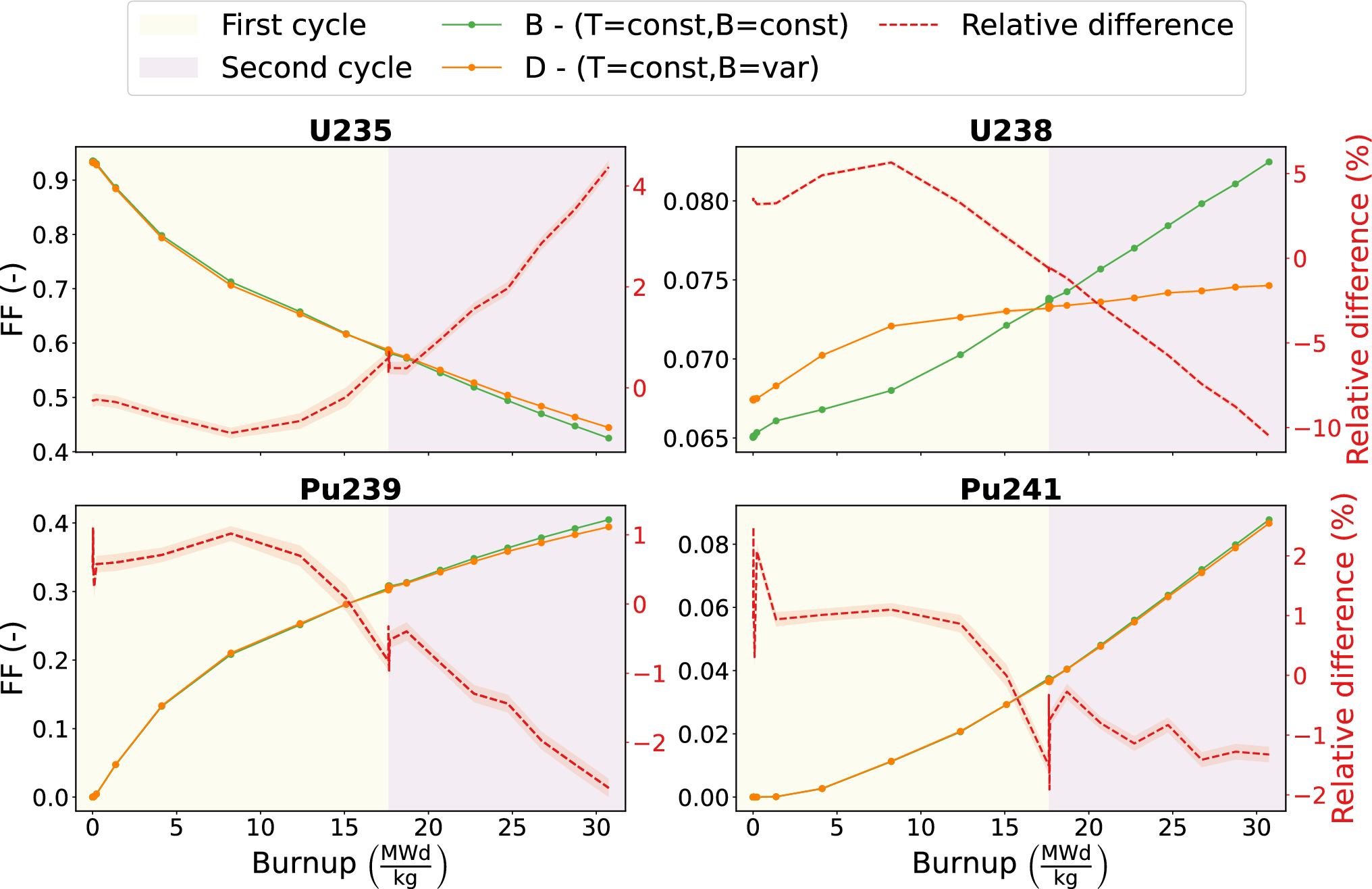
Nuclear fission is the most reliable source of antineutrinos, but they are difficult to characterise. A new study suggests how their emission can be simulated most effectively.
Antineutrinos are mysterious fundamental anti-particles with no charge and an exceptionally small but non-zero mass. The JUNO project (Jiangmen Underground Neutrino Observatory) in China is a large scintillation detector designed to detect them and to characterise their properties, particularly in precise measurements of that tiny mass. Anti-particles are hard to measure and even harder to control, even when they come from a strong and reliable source.
A group of Italian physicists, led by Monica Sisti of the Istituto Nazionale di Fisica Nucleare (INFN) in Milan and Antonio Cammi of the Politecnico di Milano and part of the JUNO collaboration of over 700 scientists from 17 countries, has now modelled parameters that determine the ‘antineutrino spectrum’ emitted by a source. Their results are published in the journal EPJ Plus.
Aleksi Kurkela joins the EPJ Scientific Advisory Committee (SAC)
- Details
- Published on 05 December 2024

The Scientific Advisory Committee of EPJ is delighted to welcome Professor Aleksi Kurkela, as the new representative for the Norwegian Physical Society.
Aleksi Kurkela is an associate professor at the University of Stavanger, specializing in the intersection of high-energy nuclear and particle physics. His research focuses on the interdisciplinary connections between heavy-ion collisions and the physics of neutron stars.
EPJ Web of Conferences Highlight – 11th EPS-QEOD Europhoton Conference on Solid-State, Fibre, and Waveguide Coherent Light Sources (EUROPHOTON 2024)
- Details
- Published on 03 December 2024

The 11th EPS-QEOD Europhoton Conference took place in Vilnius, Lithuania, from August 25 to August 30, 2024.
Since its inception, the EPS-QEOD Europhoton Conference has become a pivotal event, showcasing the latest advancements in solid-state lasers, fiber and waveguide light sources. This 11th edition brought together leading experts, students, and industry professionals from around the world.
EPJ Web of Conferences Highlight – EOSAM 2024: EOS Annual Meeting
- Details
- Published on 03 December 2024

A Vibrant Gathering of Minds in Naples
The European Optical Society Annual Meeting (EOSAM) 2024 was held in Naples, Italy, September 9-13, at the CESTEV facilities of the University of Naples Federico II. This year's event was organized in close collaboration with the Italian Society for Optics and Photonics (SIOF), the Italian branch of the European Optical Society (EOS).





